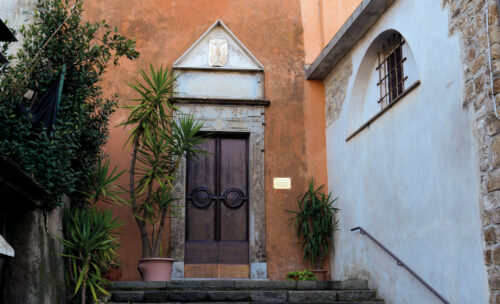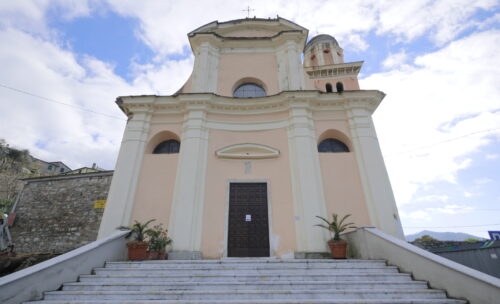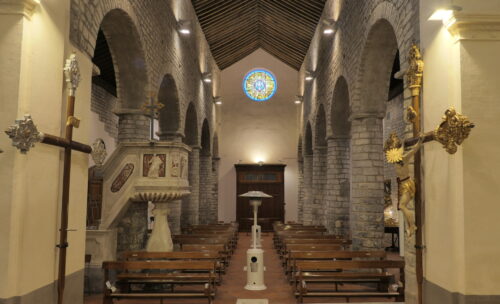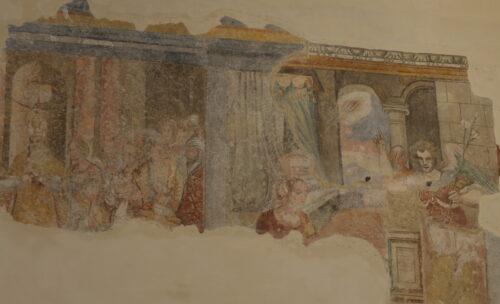The toponym Cebula is first mentioned in the 7th century from Anonimo Ravennate who in his Cosmographia reports the existence of an old rural district, a roman Pagus. Its disappearance, due to the fall of the Empire and the progressive decadence of its secular structure, leads to the birth of a church, documented in 1148 and conceived as the mother church of a vast area. Cebula, then Ceula – Montale from 1259 onwards, becomes a prestigious parish a religious, cultural, economic and political unifying factor of its territory that, thanks to its strategic position, will maintain its fundamental role as passageway for merchants and pilgrims travelling one of the most important roads diramating from Levanto towards Val Padana and passing through Pontremoli.
The church dedicated to Saint Syrus probably dates back to the 11th century but in time has undergone several transformations that have changed its original aspect, which can still be felt inside the church where the space is articulated by the round arches and the stone columns that split the area in three naves. The baroque phase is prominent in the front of the building, as shown by the curve and wavy lines. The belfry annex is built upon a coastal watchtower, while on the northern flank of the building stands the 16th century oratory of Santa Croce, with the effigy of the Volto Santo of Lucca, dear to medieval pilgrims and merchants, above its entrance portal.













